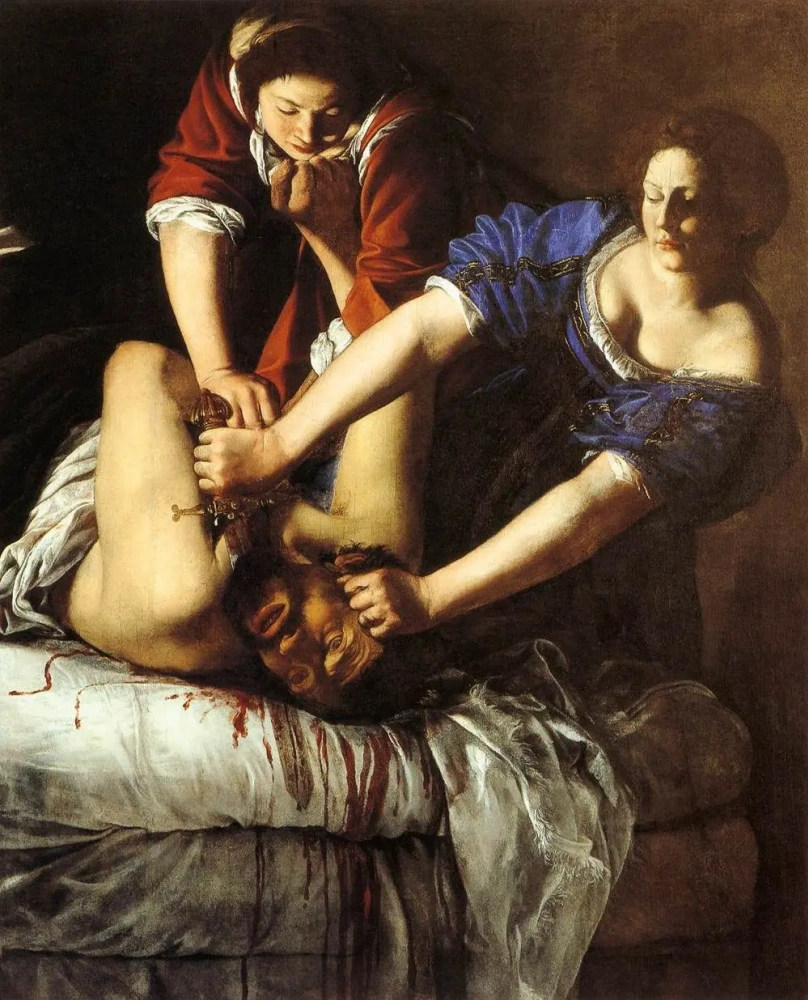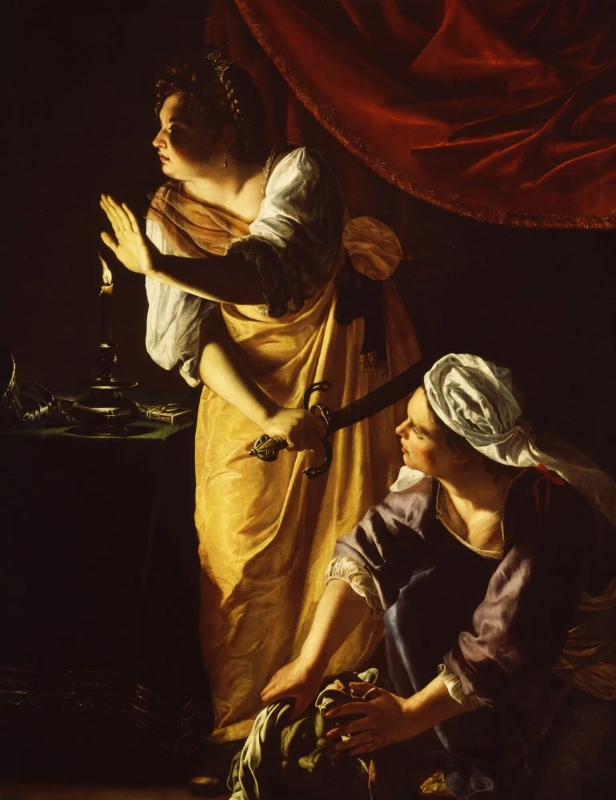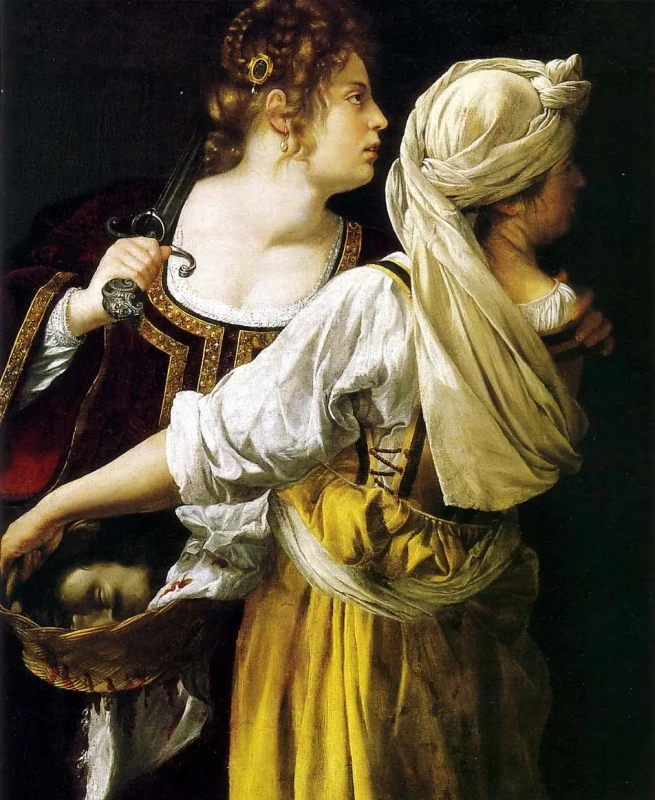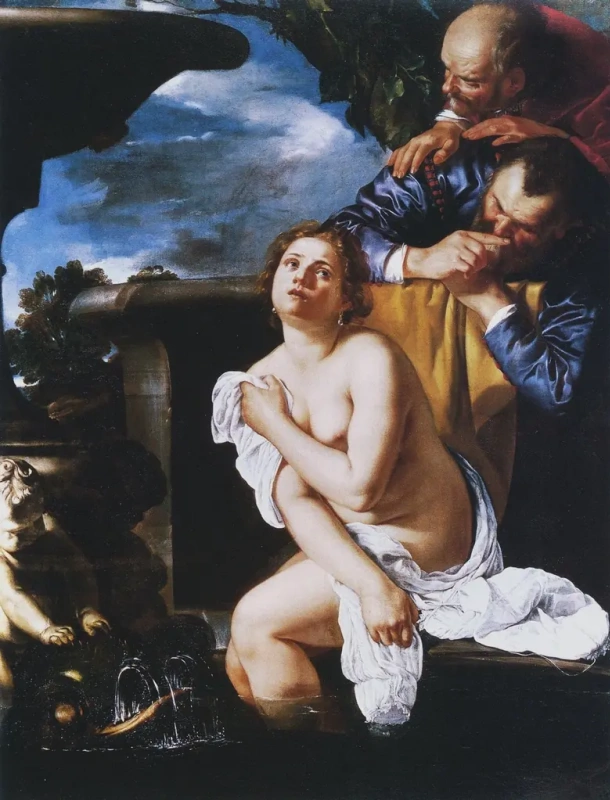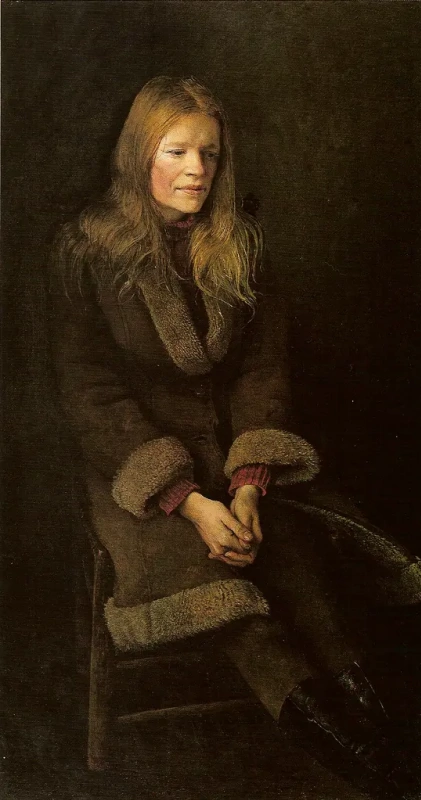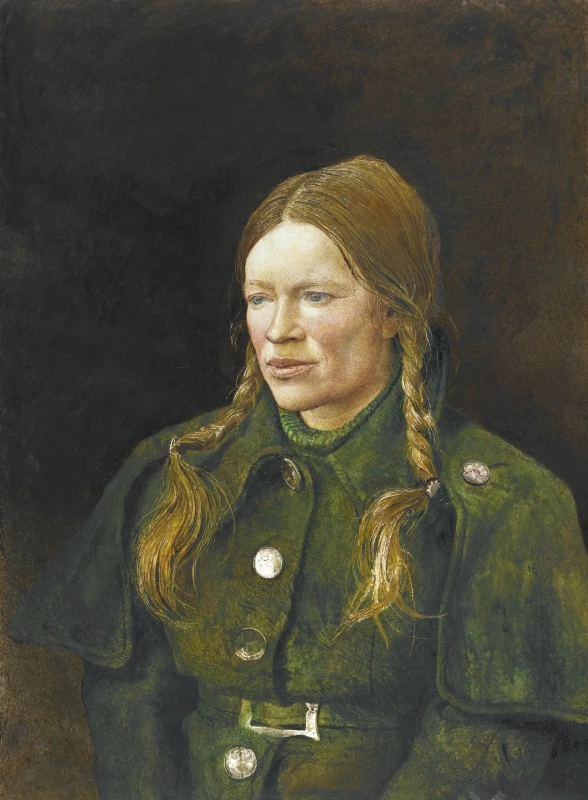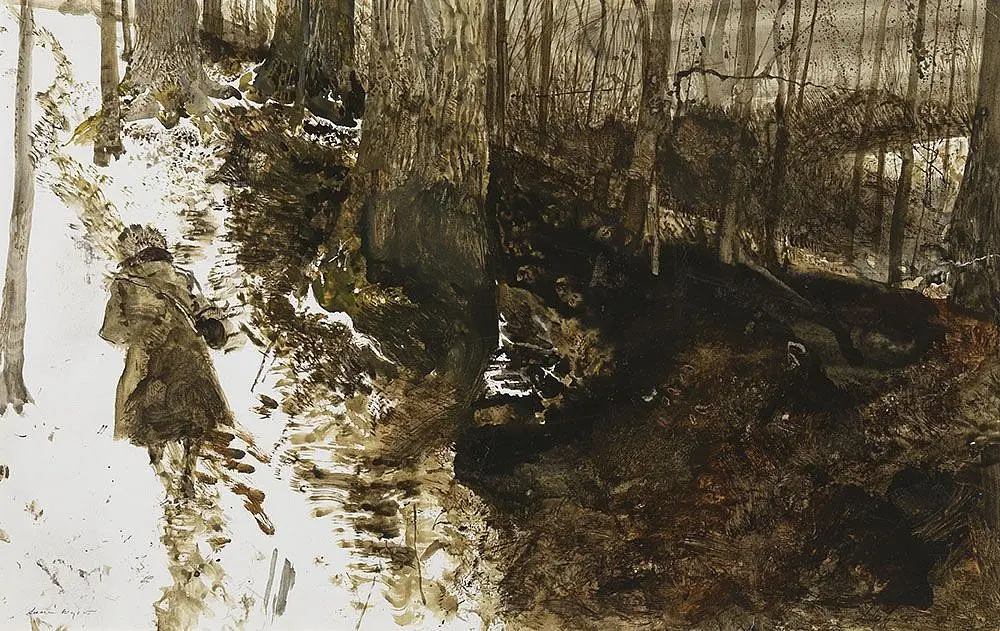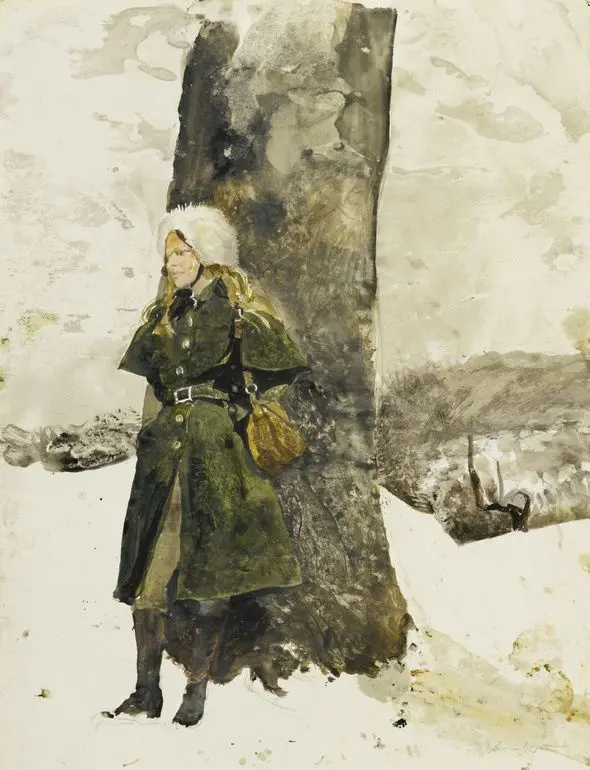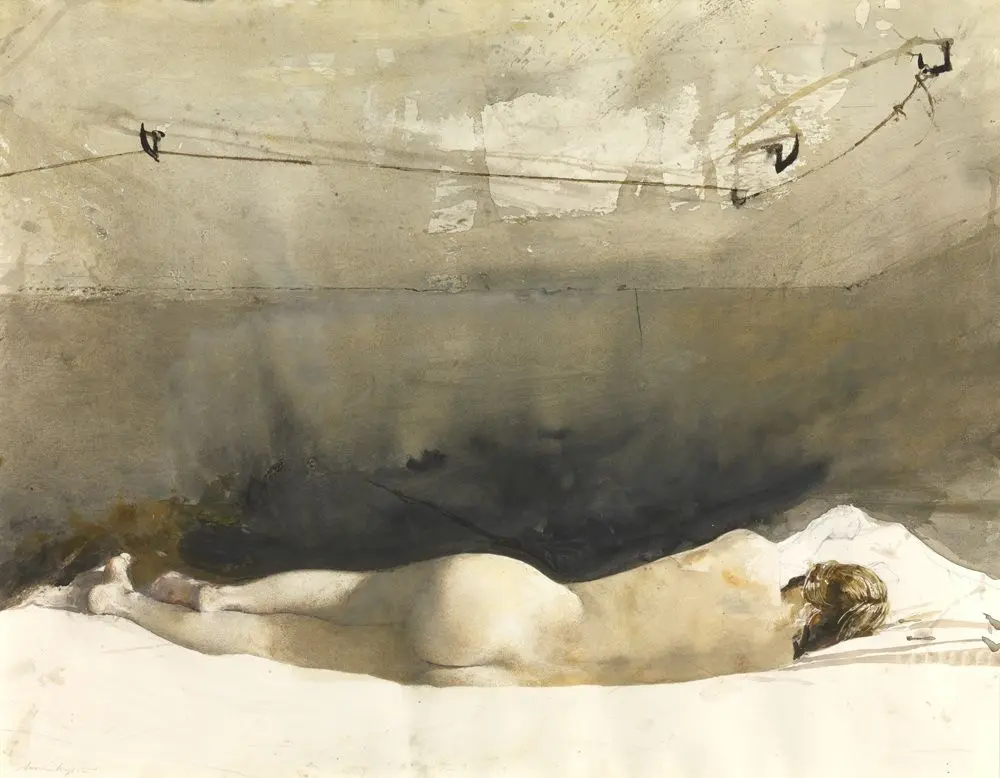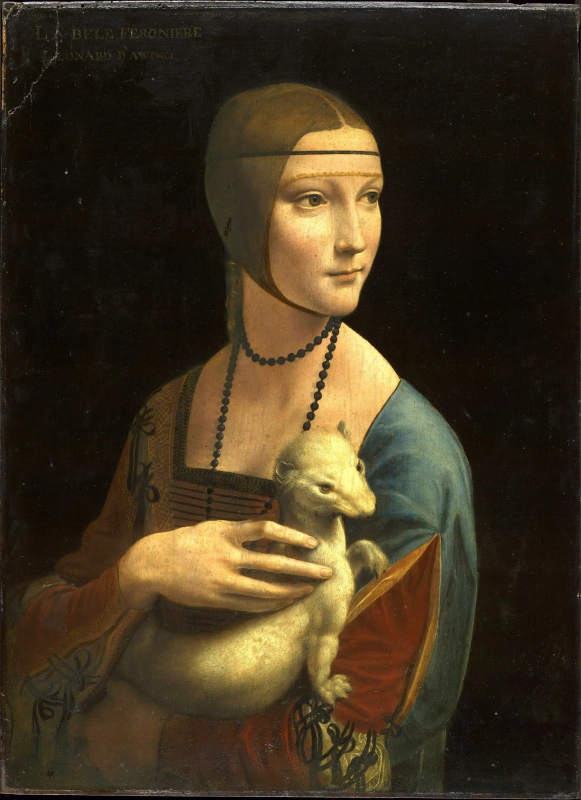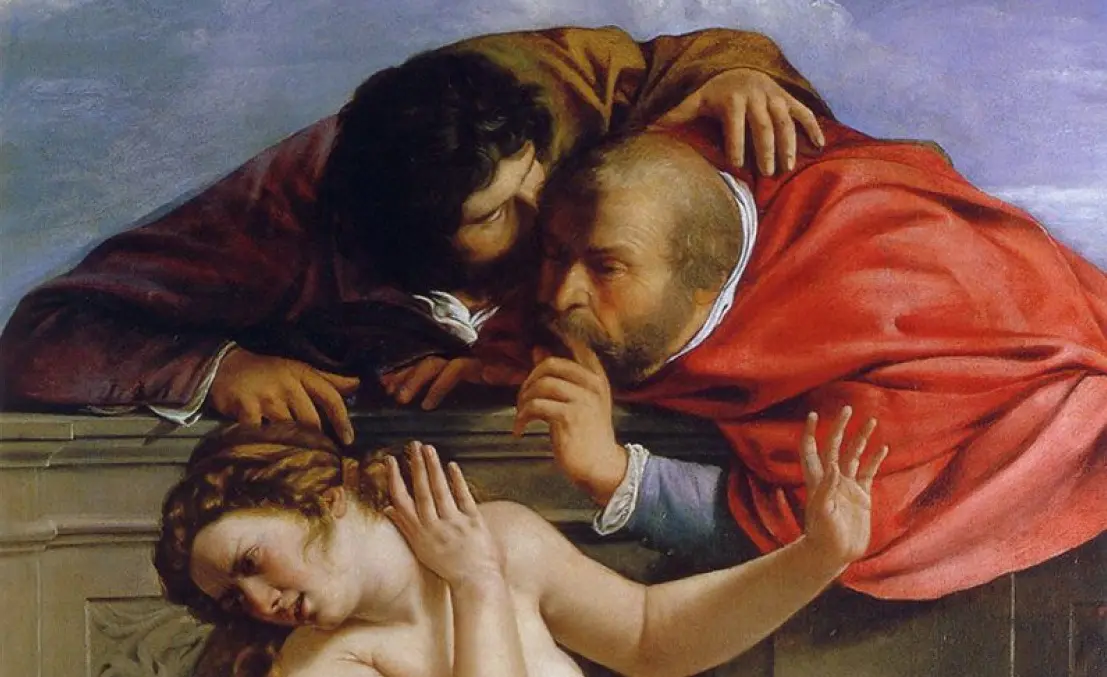
John Singer Sargent. The Cunning Strap
John Singer Sargent lived a completely happy life until 1884. Critics treated him with affection, customers lined up for portraits by him. The crack of a thunder struck when he presented a portrait of "Madame X" at the Paris Salon.Virginie Gautreau did not have a high status in Parisian society, but she was so beautiful that some artists just pursued her to cajole her into posing for them. When Sargent asked Virginie to paint her portrait, she favourably agreed. Both the artist and the model pursued similar goals: both of them were expatriates and understood how difficult it was to make one’s way in Paris. Sargent hoped this canvas would bring him more popularity, and Madame Gautreau wanted to find the entrance to the great world at last. Thirty years later, when he was selling the portrait to the Metropolitan Museum, the artist stated that he considered Madame X his best picture.
But the visitors of the Salon did not agree with him. Despite the mysterious name, the identity of the model left no doubt. Most critics and spectators were shocked about the carelessly lowered shoulder strap on the Madame Gautreau’s dress (later the artist re-painted this detail to return the strap to its proper place). In combination with self-confidence and sexual attraction of a woman, this tiny nuance disconcerted bashful visitors.
Artemisia Gentileschi. Double treachery
Italy of the 17th century frowned upon paintresses. They were not taken seriously, people treated them with prejudice and disdain. They were not allowed to sign contracts for independent work, they couldn’t even buy paint. Women could easily be put in prison for depicting a naked male body. Despite all these cruel restrictions, Artemisia Gentileschi managed to "make a name" in the world of painting, although her career began with a personal tragedy and shame.When Artemisia was 17 years old, she was raped by the Florentine artist Agostino Tassi, who taught her painting. At that time, it was a shame not only for the girl herself, but also for her entire family, so Gentileschi was forced to share a bed with her rapist for a year, hoping that he would marry her. Later, during the trial, it turned out that Tassi could not do this, even if he wanted to, because he was already married. They also found out that Agostino had been multiply accused of rape before.
Despite everything, Artemisia Gentileschi lived a rather happy and full life. She still managed to achieve recognition, and she even became a member of the Florence Academy of Painting, which equalled her rights with those of men artists. However, the theme of violence and bloody revenge would remain the core motif of her work.
Aubrey Beardsley. A man is known by his friends
Aubrey Beardsley lived only 25 years, but he had quite enough time to become famous. He was known not only for his virtuosic engravings, but also for a lot of extravagant tricks. It is worth mentioning that the history of his whole family was, to put it mildly, rather unusual (see the details in the artist’s biography). But the biggest scandal in the life of Beardsley was caused by his "relationship" with the disgraced Oscar Wilde.On April 5, 1895, the writer has been detained on charges of homosexuality. Newspaper headlines stated: "Oscar Wilde was arrested: he had a yellow book with him". Although it was just a novel in a yellow cover, the association was unambiguous: first of all, most readers thought about the Yellow Book magazine edited by Beardsley. Indignant townsmen surrounded the publisher’s office and stoned the windows.
Oskar Kokoschka. The Puppet Master
Alma Mahler was Oskar’s everything. It was a crazy, desperate, all-consuming passion that inspired and frightened at the same time. Kokoschka wrote hundreds of letters to Alma and painted her relentlessly. Soon after he painted his first real masterpiece, "The Bride of the Wind", the famous Viennese beauty left him, frightened by his pressure and strength of his senses. Trying to drown the painful memories, Kokoschka went to fight in the First World War. The artist was seriously wounded, captured, and he miraculously survived … But he could not forget Alma.In 1919, Oskar commissioned the Munich artist Hermina Moos to make a copy of his ex-lover, a rag doll. The artist bought dresses and underwear for his new Alma, and suffered, pulling on stockings on the stuffed legs. The doll became Kokoschka’s constant companion at social events in Vienna: it sat next to him in an opera box, he fed it and talked with it. They said he even shared his bed with it. In his essay "Fetish", the artist would later write that the doll disappointed him, and at the end it began to annoy him. During one of the parties, he cut off her head and finally got rid of it.
Andrew Wyeth. The muse next door
In 1986, Andrew Wyeth demostrated a series of paintings under the general title "Helga". The subject of these canvases, both dressed and naked, had something alien to the American eye, which made her inexpressibly attractive. Once Wyeth opened his heart and recalled his acquaintance with Helga Testorf, who lived next door: "I could not get off my head this image of the cheeky Prussian face with wide-set eyes framed by blond hair".However, the absence of marriage bonds did not protect the relationship between Andrew and Helga from collapse. At some point, she no longer inspired him. After their parting, the woman fell into depression, Wyeth paid for her treatment and lived with her from time to time. Betsy, who claimed that "art is more important than relationship," almost did not see her husband anymore. The artist found new muses. Wyeth’s friend William Phelps once said, "Andrew sets his heart upon people, he feels a warm feeling for them. But I doubt that he loves them."
Orest Kiprensky. Was there a girl?
The rise of Orest Kiprensky was swift and bright, and the fall was bitter and painful. For several years, the artist lived in Rome, and this was the peak of his career then. He was a magnificent portraitist, but he always dreamed of painting historical canvases. Kiprensky suffered from the fact that he could not attain the skill of Raphael, and envied the glory of his contemporaries. After the decline in popularity, the artist began to drink, and then there were two events at once, which cast a shadow on his reputation both in Italy, and in his homeland.In 1823, when Kiprensky came back to Russia, he was met without usual enthusiasm. The St. Petersburg has got the rumours that the model he lived with was found murdered in his Roman workshop. She was allegedly wrapped in a canvas, doused with turpentine and set on fire. Kiprensky insisted that the woman was killed by his servant. None of the biographers of the artist can say with certainty what really happened then.
Leonardo da Vinci. The Last Judgment
The personal life of Leonardo da Vinci has always been a riddle wrapped up in an enigma. The artist not only encrypted all his notes, but also carefully kept close to the vest his love relationship. Certainly, he still could not avoid rumours. It was rumoured that he had an affair with Cecilia Gallerani, who became the subject of the portrait named "Lady with an Ermine". There were also lots of gossip and conjecture about the master’s relationship with his disciple Salai, whom he drew naked.
The trial acquitted the young people, since the prosecution could not produce any evidence of rape. After the prison, da Vinci kept a low profile for several years. Probably, despite the acquittal, the whole story still cast an imputation on his character and affected a number of his orders. Leonardo remained in the shade until he went to Milan to work at the court of Ludovico Sforza.
Photo sources: 1995−2015.undo.net, alma-mahler.at, commons.wikimedia.org, thedailybeast.com
Cover illustration: a detail of the picture "Susanna and the Elders" by Artemisia Gentileschi.







